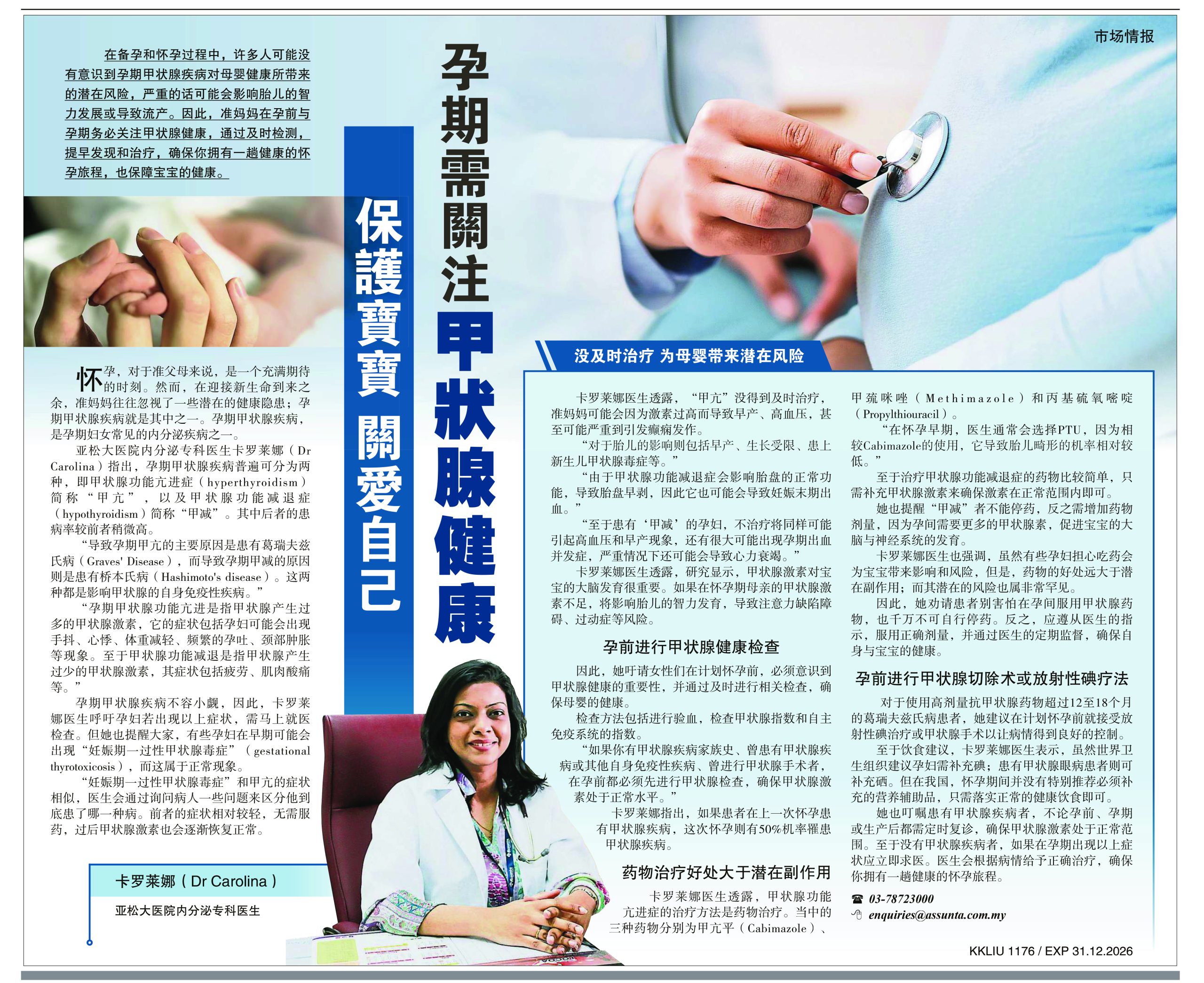Osteoarthritis (OA) basically means wear and tear of the joints. It is the commonest degenerative joint disease and a major cause of pain in adults. OA currently affects more than 25% of the populations above the age of 18 years-old. It occurs in the synovial joints and is caused by a combination of a few factors such as genetics (hereditary), overuse and injury.
Risk factors include obesity, increased age, occupations especially jobs that require high usage of that particular joints, trauma, being female and of course having a family history of OA.
The details of molecular mechanisms of OA initiation and progression remains poorly understood. It is thought to be a result of an imbalance of the cartilage being worn out and the chondrocytes trying to repair the cartilage of the joints. This leads to structural issues within the joint and this causes more wear and tear of the joints. This may be seen on a simple X-ray. Changes commonly seen are loss of joint space ie space between the joints become narrower due to a direct loss of cartilage, osteophytes – which are new bones forming/coming out of end of bones, subarticular sclerosis – or increased density of the bone along the joint line and subchondral cysts which are small fluid filled holes in the bone along the joint line.
Oddly X-ray changes do not necessarily correlate with symptoms one may have. We may see changes on X-rays in someone with no pains at all, and similarly someone with severe symptoms on OA may only have mild changes on X-rays.
OA presents with joint pains and stiffness. This tends to be worse with activity. Eventually it can lead to deformity and instability of the joints and lastly reduced function of the joints. The knees and hips are key joints that get affected. It can also affect the spine, distal end of fingers, the thumb, wrist and cervical spine.
Signs to be seen on examination include Heberdens nodes which occurs at the distal interphalangeal joints of the fingers. Next is Bouchards nodes which occur at proximal interphalangeal joints of the fingers and lastly squaring at the thumbs. There may be a weak or reduced grip or reduced range of motion of the fingers. The thumb in particular is a special joint as it is very prone to wear and tear when used for complex movements. This is why it tends to present early in OA especially for people who use their hands a lot.
In making a diagnosis, it has been shown a diagnosis can be made easily without any investigations if the patients over the age of 45 with typical activity related pains or no morning stiffness or stiffness lasting less than 30min. If stiffness lasts more than 30min then we should think about an inflammatory cause. X-rays can be done to check the severity and confirming the diagnosis. But they are not always necessary if the presentation is typical.
In terms of management, it is always important to educate the patient on the diagnosis and start lifestyle changes like losing weight as it will help reduce the load on the joints. Physiotherapy to
Related Articles

Exploring The Intersection of ENT Health and Diving Medicine: A Guide for Healthcare Professionals
Read More »









